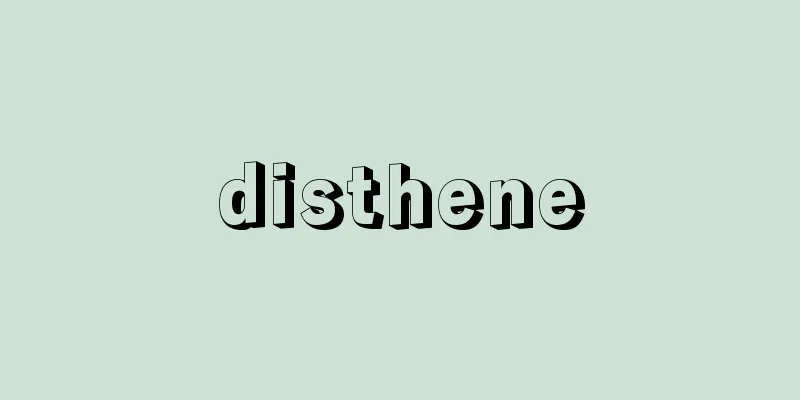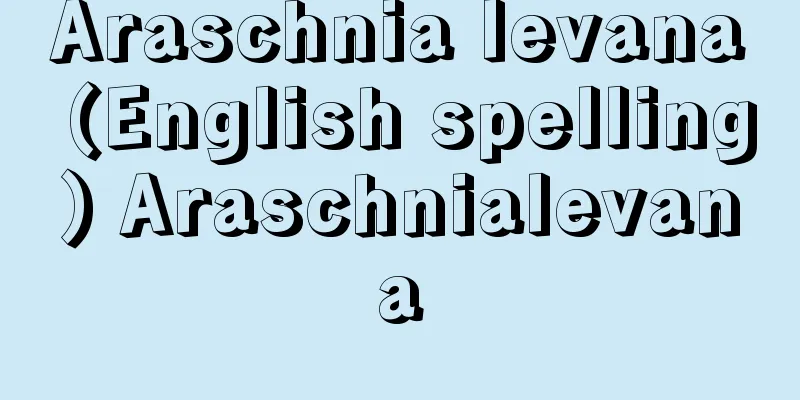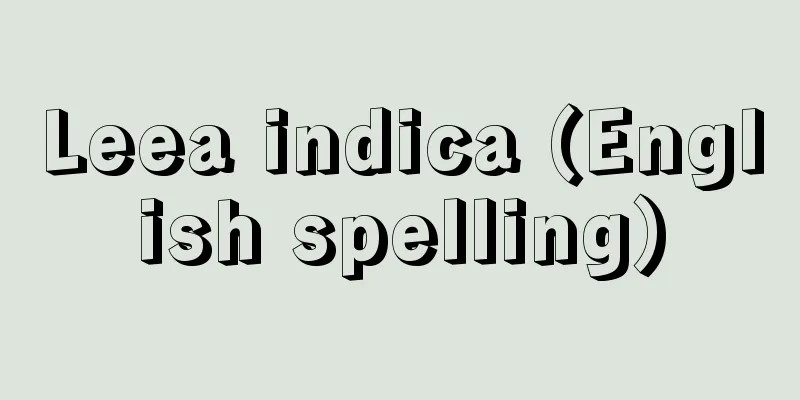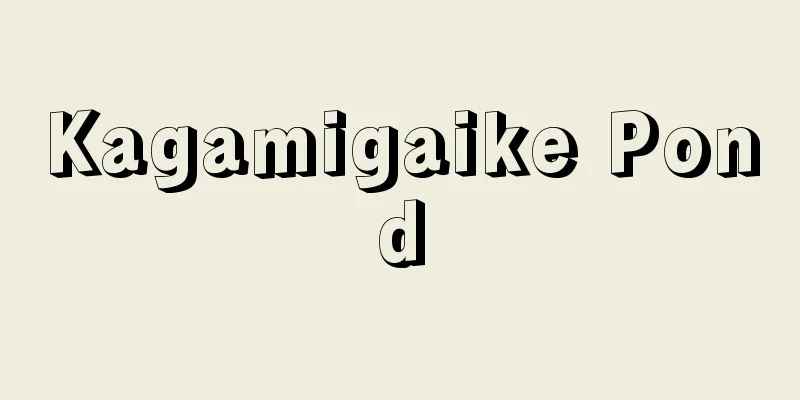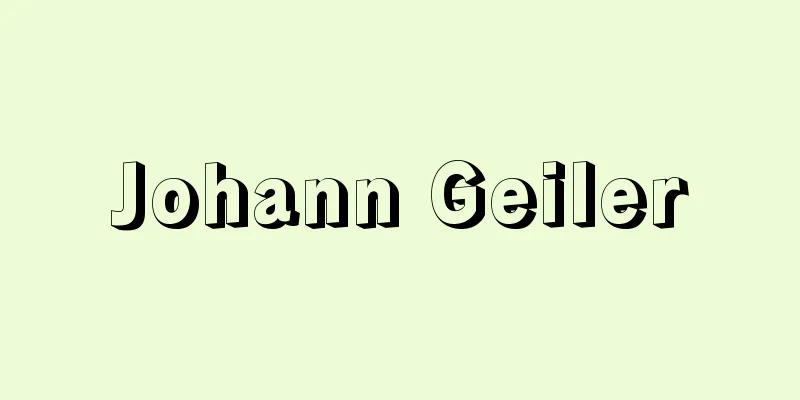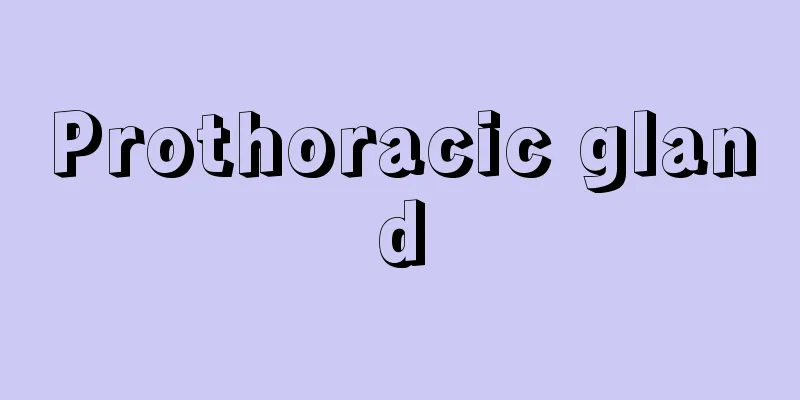Nobuo Ina

|
Photography critic. Born in Matsuyama, Ehime Prefecture. After graduating from the Department of Aesthetics and Art History, Faculty of Literature, Tokyo Imperial University in 1922 (Taisho 11), he served as an assistant in the art history research lab. He specialized in Western art history, mainly the early Renaissance. After quitting his assistantship in 1927 (Showa 2), he lectured at Nihon University, Sacred Heart Women's College, and other institutions until 1937. In the late 1920s, he learned about new European art movements through foreign art magazines such as Die Form and Das Neue Frankfurt, and began to study Western modern art, becoming interested in new trends in photography. Around 1931, he began to frequent Naigaisha, which published a series called "Sogo Journalismu Koza" (Comprehensive Journalism Lectures), and became acquainted with Oya Soichi, Hayashi Tatsuo, playwright Takada Tamotsu, and filmmaker Okada Sozo (1903-1983). It was at this time that he was asked to take up the post of editor-in-chief of the monthly graphic magazine "Soviet no Tomo," published by the Society of Friends of the Soviets, a private organization established in 1931 with the aim of promoting cultural exchange between Japan and the Soviet Union. Later, after being introduced to critic Akiba Akira (1921-1998) by Tanigawa Tetsuzo, he wrote "Return to Photography" for the inaugural issue of the photography magazine Koga, which was founded in May 1932 with Nojima Yasuzo as investor. The article rejected traditional painterly "art photography" and advocated the establishment of a new photographic aesthetic based on the inherent "mechanical nature" of photography, marking the beginning of modern photography theory in Japan. From the second issue onwards, he became a member of Koga and contributed prolifically to cutting-edge critiques and introductions to overseas artists. In 1958, he participated in the founding of Nippon Kobo, a company that mainly produced photojournalism and commercial design, together with Natori Yonosuke, Kimura Ihei, Hara Hiromu, and Okada Sozo. In March 1959, Nippon Kobo organized the "Photojournalism Exhibition," and in the pamphlet published at the time, On Photojournalism, he translated "reportage photo" as "photojournalism," systematizing the methodology of this field. Shortly after this exhibition, Nippon Kobo split up, and Ina founded Chuo Kobo with Kimura and Hara, who had also left. In the same year, he founded the International Press Photo Association as the Chuo Kobo's overseas photo distribution division, and participated as a member. He later became involved in promoting Japan's culture overseas as an information officer in the Cabinet Intelligence Bureau, in charge of film, theater, music, and entertainment. He continued to work as a photography critic after the Second World War, and was particularly known for his work as a photography historian who positioned the history of Japanese photography within the world history of photography. In 1959, he edited the World Photography Collection, Supplementary Volume: Historical Perspective, which could be called a visual chronology of the history of photography. Furthermore, his serialization in the magazine Photo Art from 1964 to 1968, "The Establishment and Development of Modern Photography," focused on the establishment of modern photographic expression, such as emerging photography and photojournalism, and presented a unique view of the history of photography within the framework of the world history of photography. He served as executive director of the Photographic Society of Japan, among other positions. In 1966, he was awarded the Medal with Purple Ribbon. In 1976, the Ina Nobuo Award was established for outstanding photography exhibitions held at Nikon Salon. [Ryuichi Kaneko] "Criticism of Goethe" by Wittvogel et al., translated by Otsuka Kinnosuke et al., edited by Ina Nobuo (1933, Ryushokaku)" ▽ "Complete Works of World Photography, Supplementary Volume, Historical Perspective" edited by Ina Nobuo (1959, Heibonsha) ▽ "Photography: A History of the 1970s" (1978, Asahi Shimbun) ▽ "Nikon Salon Books 23: 20 Years of the Ina Nobuo Award - A Genealogy of Contemporary Photography as Seen in the Nikon Salon" (1996, Nikkor Club) [References] | | | | | | | |Source: Shogakukan Encyclopedia Nipponica About Encyclopedia Nipponica Information | Legend |
|
写真評論家。愛媛県松山市生まれ。1922年(大正11)東京帝国大学文学部美学美術史科卒業後、美術史研究室の副手を務める。専攻は西洋美術史、主として初期ルネサンス。27年(昭和2)に副手を辞めてからは37年まで、日本大学、聖心女子専門学校などで講師を務めた。1920年代末ごろ『ディ・フォルム』Die Formや『ダス・ノイエ・フランクフルト』Das Neue Frankfurtなどの外国の美術雑誌を通してヨーロッパの新しい美術運動を知るにおよび、西洋の近代美術を研究するようになり、新しい写真の動向に興味をもつ。31年ごろから「綜合ジャーナリズム講座」というシリーズを出版していた内外社に出入りしはじめ、大宅壮一(おおやそういち)、林達夫、劇作家の高田保(たもつ)、映画製作者の岡田桑三(そうぞう)(1903―83)らの知遇を得る。ここで、31年に設立された日本とソ連の文化交流をめざす民間組織「ソヴエート友の会」発行の月刊グラフ雑誌『ソヴエートの友』の編集長に請われて就任する。その後、谷川徹三から評論家の秋葉啓(1921―98)を紹介されたのを契機に、32年5月に野島康三(やすぞう)が出資者となって創刊した写真雑誌『光画』創刊号に「写真に帰れ」を執筆。従来の絵画的な「芸術写真」を否定し、写真本来の「機械性」を基礎においた新たな写真美学の確立を説いたもので、日本の近代的な写真論の嚆矢(こうし)となった。2号からは『光画』同人となり、先鋭的な評論や海外作家紹介などに健筆をふるった。 33年には名取洋之助、木村伊兵衛、原弘(ひろむ)、岡田桑三らと報道写真や商業デザインの制作を主とする日本工房の創設に参加。34年3月日本工房主催で「報道写真展」を開催し、そのときに出版した小冊子『報道写真に就いて』のなかで「ルポルターゲ・フォト」を「報道写真」と訳してこの分野の方法論を体系づける。この写真展の直後日本工房は分裂、伊奈はともに脱退した木村、原らと中央工房を設立。同年に中央工房の対外写真配信部門として国際報道写真協会を設立し、会員として参加。その後内閣情報部で映画、演劇、音楽、芸能などを担当する情報官として日本の対外文化宣伝に関わる。 第二次世界大戦後も写真評論家として活動を継続し、特に日本の写真史を世界写真史のなかに位置づける写真史家としての仕事が特徴的であり、59年(昭和34)には目で見る写真史年表ともいうべき『世界写真全集 別巻 歴史的展望』を編集している。そして、雑誌『フォトアート』に64年から68年にかけて連載した「近代写真の成立と発展」は、新興写真や報道写真に代表される近代的写真表現の成立を中心にすえ、世界写真史の枠組みのなかで独自な写真史観を示したものである。日本写真協会常務理事などを務めた。66年紫綬褒章受章。76年、ニコンサロンで開催された優れた写真展を対象にした伊奈信男賞が制定された。 [金子隆一] 『ウイツトフオーゲルほか著、大塚金之助ほか訳、伊奈信男編『ゲーテ批判』(1933・隆章閣)』▽『伊奈信男編『世界写真全集 別巻 歴史的展望』(1959・平凡社)』▽『『写真・昭和五十年史』(1978・朝日新聞社)』▽『『ニコンサロンブックス23 伊奈信男賞20年――ニコンサロンにみる現代写真の系譜』(1996・ニッコールクラブ)』 [参照項目] | | | | | | | |出典 小学館 日本大百科全書(ニッポニカ)日本大百科全書(ニッポニカ)について 情報 | 凡例 |
>>: Ina Omura Tombstone - Ina no Omuraboshi
Recommend
Herbert Marcuse
American philosopher. Professor at the University...
Marcoussis, L. (English spelling) MarcoussisL
...The Puteaux School continued its wave of demon...
Ahmet Haşim
1885‐1933 Turkish poet. He was the founder of the ...
Canberra (English spelling)
The capital of Australia. Located in the southeast...
Erotic, grotesque, nonsense - Eroguronansensu
Ero is short for erotic and grotesque, and refers...
Wakasagi (Pond Smelt) - Pond smelt
A fish of the genus Smelt in the family Osmeridae ...
Asarinin - Asarinin
→Episesamin Source: Asakura Publishing Nutrition a...
Izanagi Shrine
Located in Taga, Awaji City, Hyogo Prefecture. Th...
British thermal unit
⇒ Beat-to-unit (BTU) Source: About Shogakukan Digi...
Chen Jia-geng
[Life] Tongji 13 (1874). Fujian, Jimei Died: Augus...
ordre public et bonnes moeurs
...This law has been inherited by the French Civi...
Kuomintang-Communist cooperation
This refers to two periods of cooperation between...
Ishifu (English spelling) I‐Sa‐bu
A military commander of Silla, Korea, from the end...
Anglo-Arabian [species] - Anglo-Arabian
A breed of horse. It is a cross between an Arabian...
Siddhārtha (English spelling)
… He was born in Lumbini Garden to King Śuddhodan...

